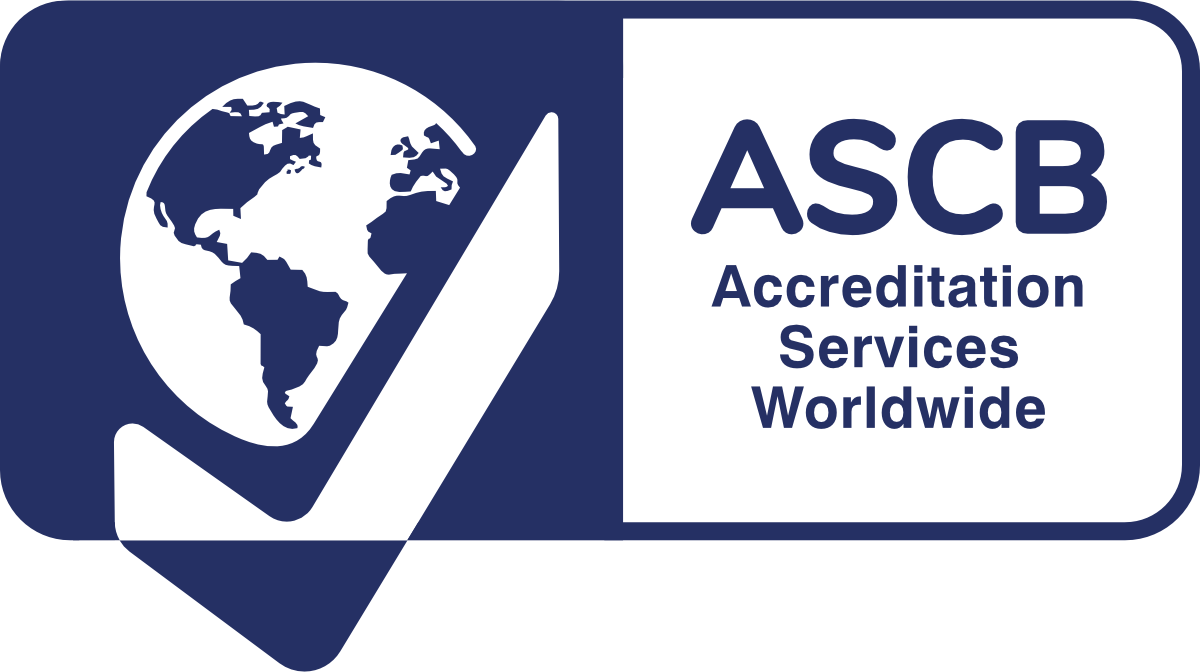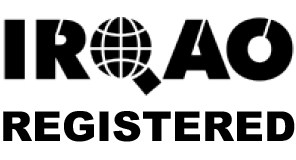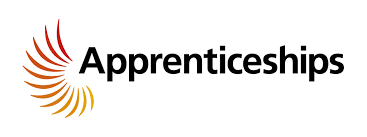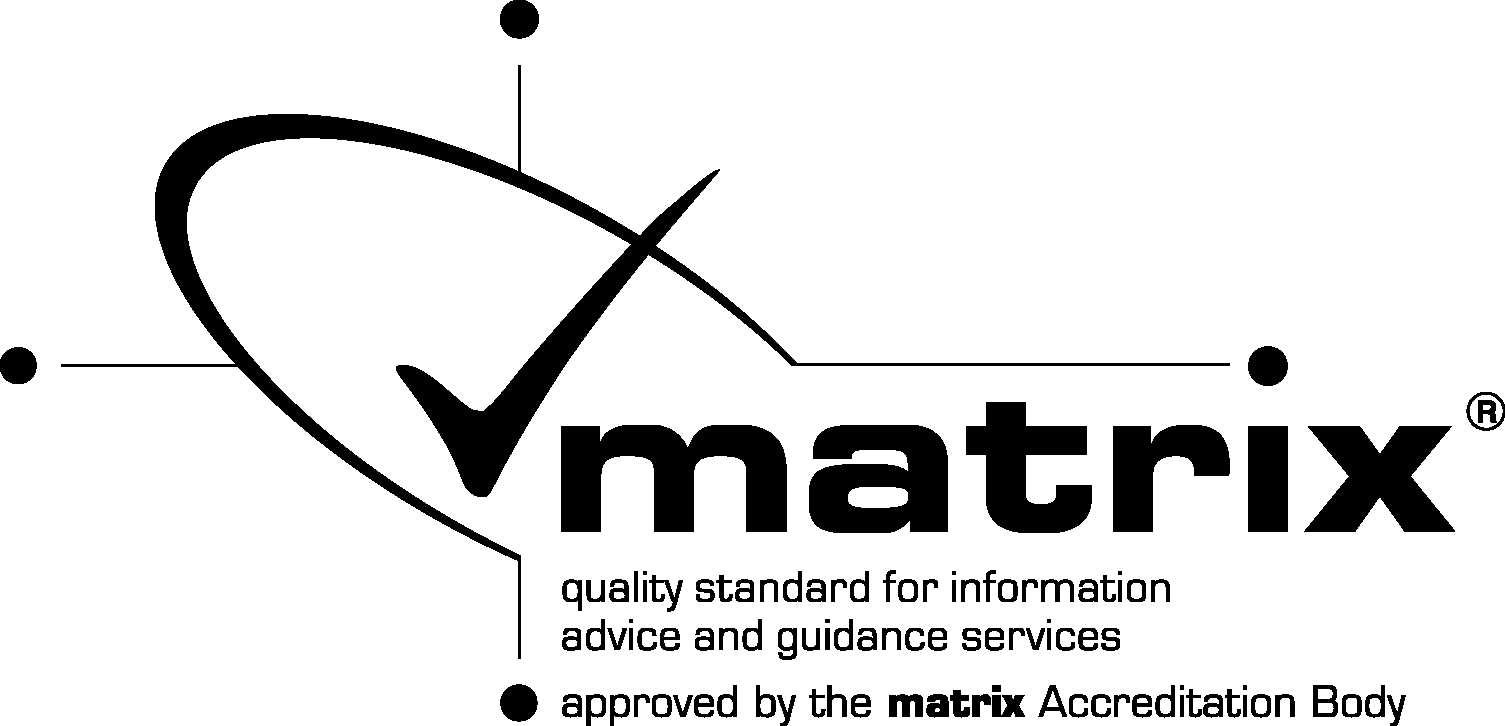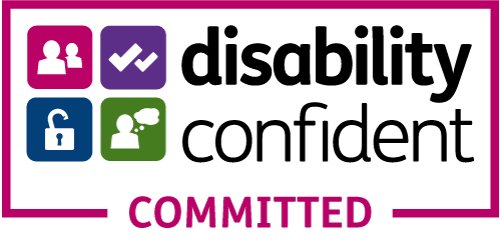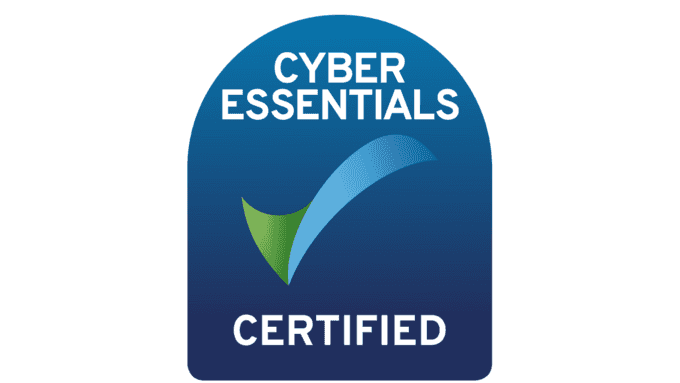Blog Article
9 Tips for Successful Internal Auditing
9 Tips for Successful Internal Auditing
The International Organisation for Standardisation, more commonly known as ISO, provides a range of globally recognised standards that guide businesses towards best practices in various areas. However, to maintain compliant to the varying ISO standards and ensure continuous improvement, conducting effective internal audits is essential. In this blog post, we’ll explore practical tips that businesses can follow to carry out successful internal audits for ISO compliance.
Tip Number 1: Understand the Standards
Before getting started on any audit, it’s important that you thoroughly understand the standard that you are evaluating. Familiarise yourself with the specific requirements, objectives, and processes outlined in the standards. This understanding will serve as the foundation for your internal audit checklist.
Tip Number 2: Develop a comprehensive Audit Plan
A well-structured audit plan outlines the scope, objectives, and methodologies of your internal audit. Define the areas to be audited, assign responsibilities to audit team members, and establish a timeline for the audit process. A clear plan helps ensure that the audit is conducted systematically and comprehensively.
Tip Number 3: Assemble a Competent Audit Team:
As mentioned in tip number 1, you need a deep understanding of the standard you are auditing, but it is also important that your auditors have a strong understanding of the relevant industry practices that are applicable to your organisation. A diverse team with varied expertise can provide valuable insights during the audit process.
Tip Number 4: Gather and Review Documentation
Collect relevant documentation, including process manuals, procedures, records, and previous audit reports. Thoroughly review these documents to gain insights into your organisations existing practices and identify and potential gaps.
Tip Number 5: Conduct Thorough On-Site Inspections
During the audit, physically inspect processes, facilities and equipment to ensure they align with the ISO standard. Engage with employees at various levels to understand how processes are executed and identify areas that might need improvement.
Tip Number 6: Identify Non-Conformities
Don’t worry if you see any deviation from the standard, whether major or minor, all these do is serve as a foundation for implementing necessary corrective actions. Following this process not only ensures compliance but also fosters continuous improvement, enhancing overall operational quality and efficiency.
Tip Number 7: Document Findings
After the audit, it is important that you maintain a detailed record of your audit findings. Ensure that these findings are objective, well-documented and supported by evidence as these documents will serve as a basis for improvement initiatives. Your findings should also be communicated to relevant departments and management, remember transparency is key.
Tip Number 8: Collaborate
Work with relevant stakeholders to develop corrective action plans for addressing identified non-conformities. These actions should outline the steps to rectify the issues, prevent recurrence, and enhance compliance. It is important to work with stakeholders as by doing so you can leverage their expertise and ensure the solutions you wish to implement are realistic.
Tip Number 9: Monitor progress and continuous improvement
Monitoring progress and continual improvement play pivotal roles in maintaining high quality standards within an organisation. By consistently assessing the efficacy of corrective actions taken to address non-conformities, a proactive approach to quality control is established. This practice not only guarantees ongoing compliance but also cultivates a dynamic culture of learning and enhancement. As a result, the organisation becomes better at swiftly adapting to challenges, fostering innovation, and refining processes to achieve optimal outcomes.
In conclusion, auditing is a crucial part of maintaining a compliant management system, and to get the most out of your ISO standard, you should conduct regular audits to ensure there are no deviations whether that means training someone internally or bringing in external support. Either way, remember, auditing should be conducted as a way of continuous improvement, and to support your organisation thrive.


 GOVERNANCE OFFICER LEVEL 4
GOVERNANCE OFFICER LEVEL 4
 Skills Bootcamp In Quality Management
Skills Bootcamp In Quality Management


